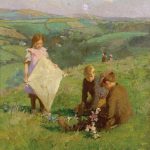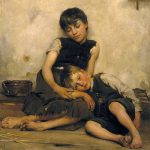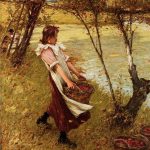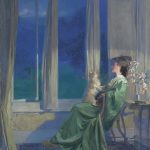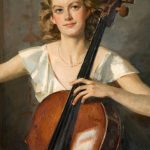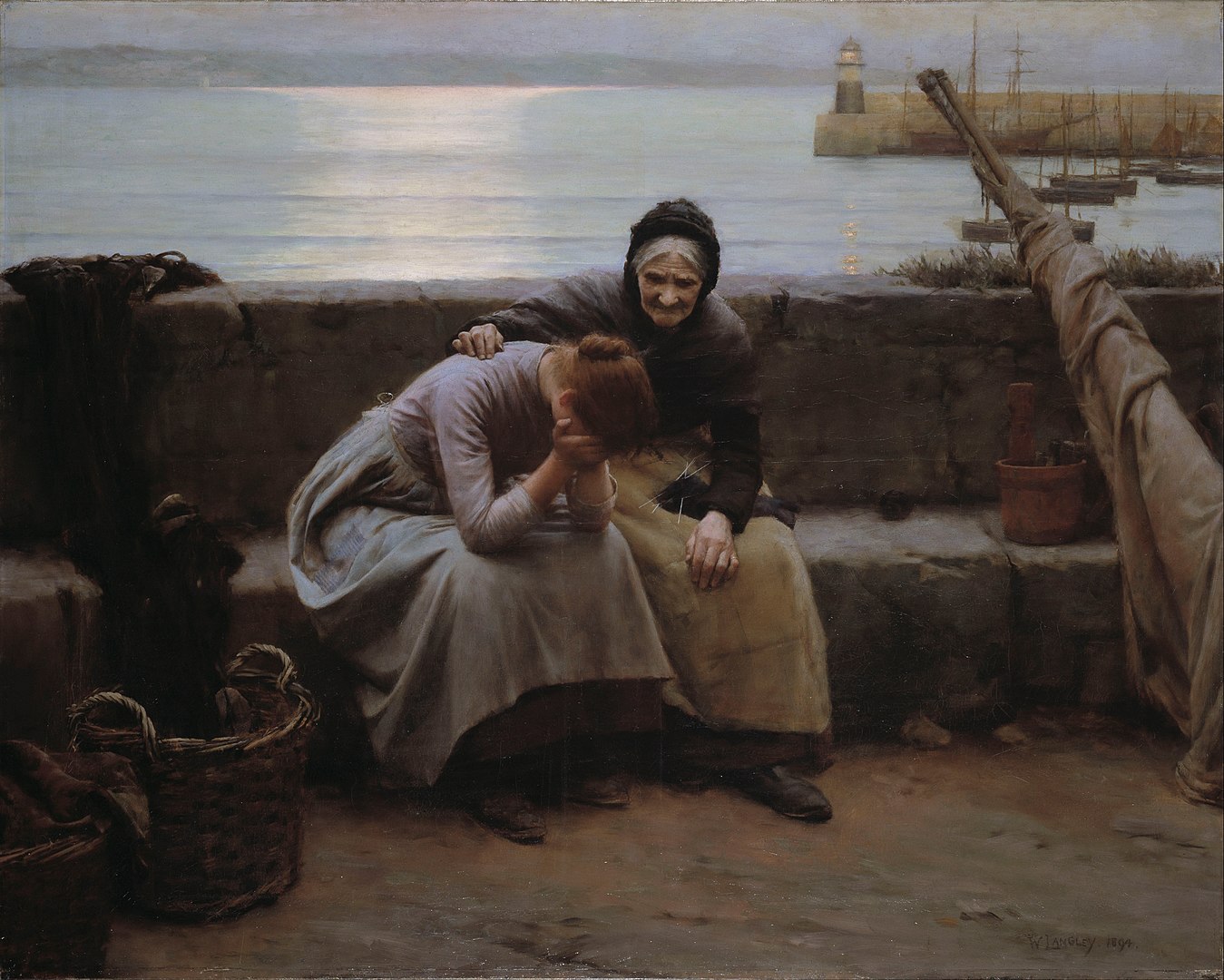
Walter Langley (1852-1922) was a pioneering British artist, renowned for his profound contributions to the Newlyn School of painters and his empathetic portrayals of the lives of Cornish fishermen and their families. Born in Birmingham, Langley started his artistic journey as an apprentice lithographer, giving him a solid foundation in the technical aspects of art. This early experience, however, was just a prelude to what would become a distinguished career in watercolor and oil painting, marked by a deep commitment to social realism.
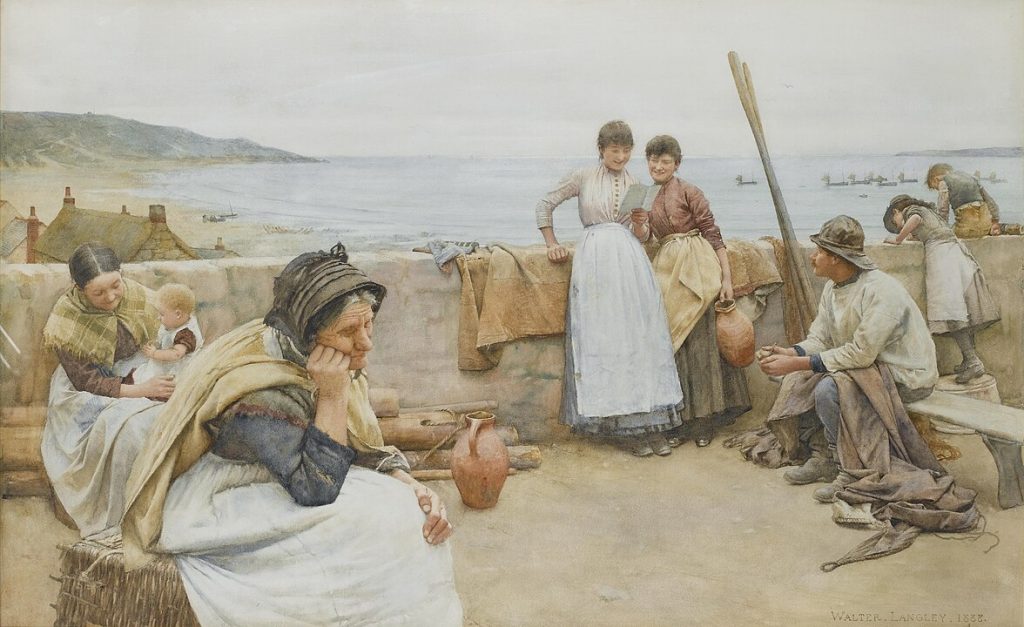
In the early 1880s, Langley moved to Newlyn, a fishing village in Cornwall, which was becoming a magnet for artists. This move was pivotal, as Newlyn offered him the subject matter that would define his career: the daily lives, struggles, and joys of its fishing community. Langley was among the first wave of artists to settle in Newlyn, thus playing a crucial role in establishing the village as a center for the British plein air painting movement, which sought to capture the light, color, and immediacy of the outdoors.
Cornish Compassion
Langley’s work is characterized by its compassionate portrayal of his subjects. Unlike many of his contemporaries who focused on the picturesque or idealized aspects of rural life, Langley delved into the real challenges faced by the working poor. His paintings and watercolors often depicted scenes of hardship and toil but also moments of tenderness and resilience among the fishing community. Langley’s ability to convey the humanity and dignity of his subjects won him acclaim and distinguished his work within the Newlyn School.
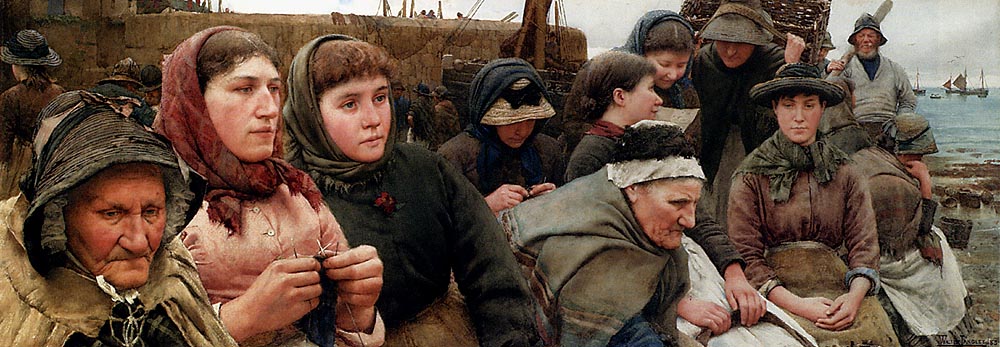
A master of both watercolor and oil, Langley showcased a remarkable ability to manipulate light and shadow, creating atmospheric effects that added emotional depth to his scenes. His watercolors, in particular, were noted for their technical prowess and innovative use of the medium to achieve a sense of texture and movement. This mastery over his medium, combined with his empathetic approach to his subjects, made his work deeply resonant with audiences and critics alike.
Focus on Locals
Throughout his career, Langley was dedicated to the working-class subjects of Newlyn, and his commitment to these themes set him apart from many of his peers. He exhibited widely, including at the Royal Academy and the Royal Watercolour Society, and his work was celebrated for its sincerity and its unflinching look at the realities of life for the poor and marginalized.
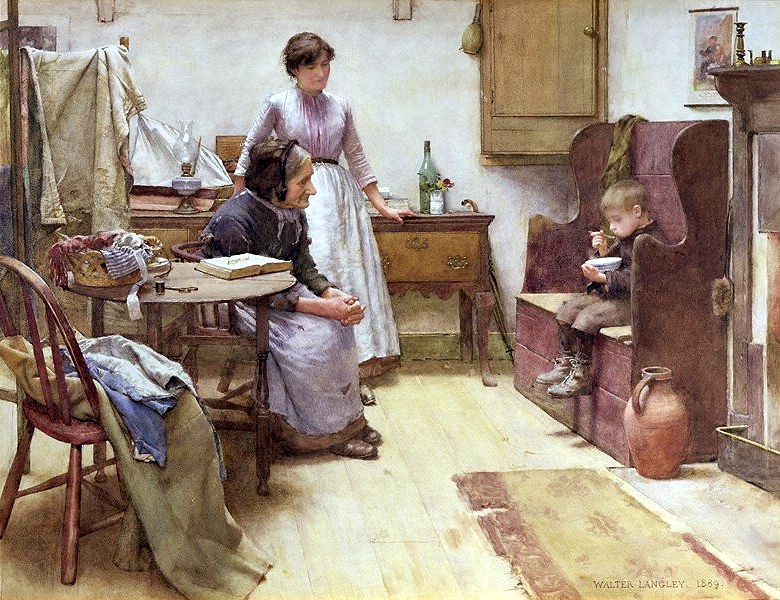
Langley’s influence extended beyond his immediate circle in Newlyn, contributing to a broader awareness and appreciation of social realist themes in British art. His legacy is not only in the beauty and technical skill of his paintings but also in his choice of subject matter, which remains a poignant reminder of the power of art to reflect and critique societal conditions.
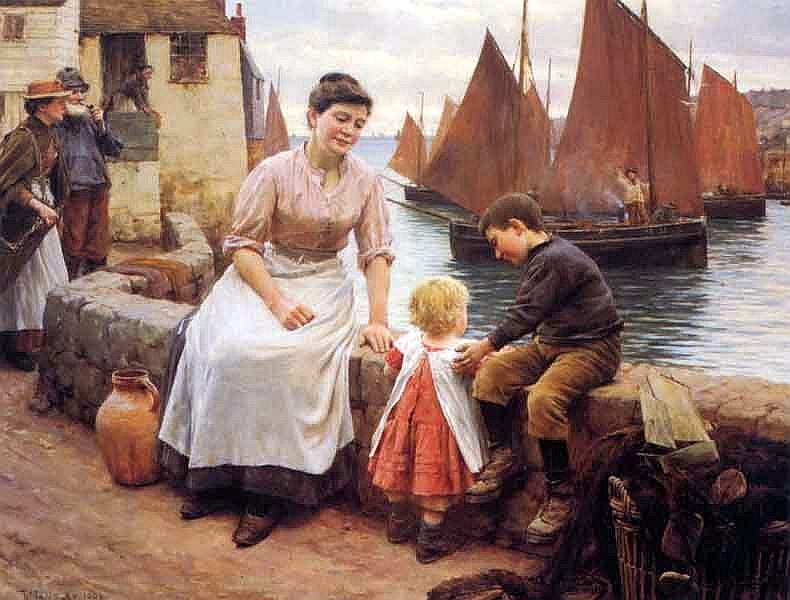
In addition to his scenes of Cornish life, Langley also explored other subjects, including portraiture and landscapes, demonstrating his versatility as an artist. However, it is his compassionate and realistic portrayals of the Newlyn fishermen and their families that remain his most enduring contribution to the art world.
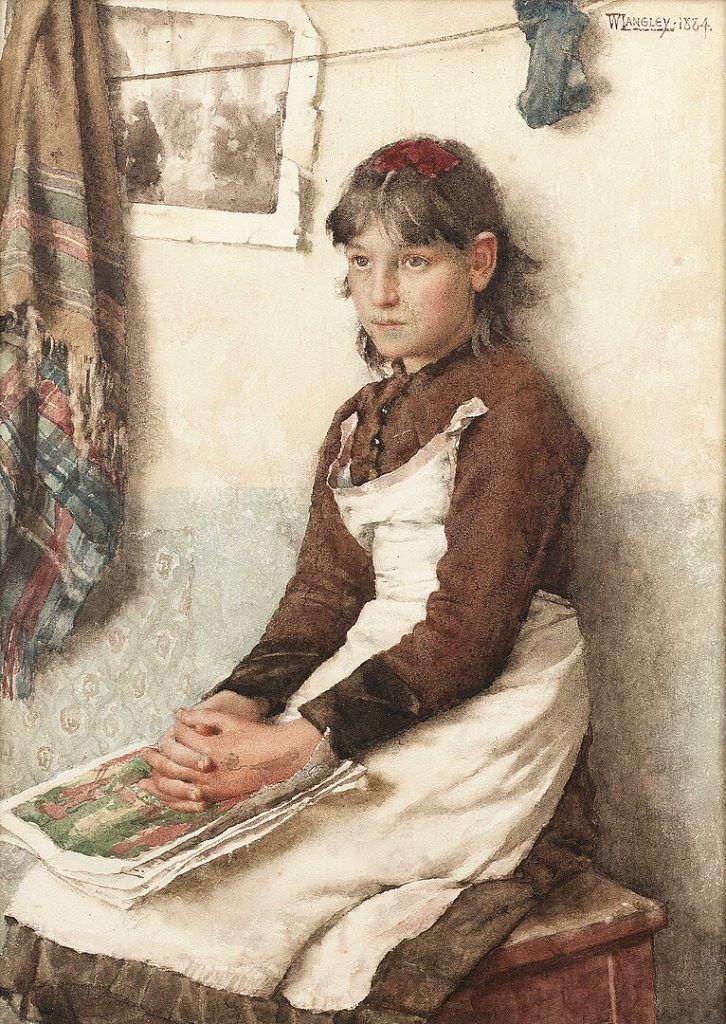
Langley’s commitment to depicting the realities of life in Newlyn with dignity and empathy has ensured his place as a key figure in British art. His work continues to be celebrated for its contribution to the Newlyn School and for its broader impact on the development of social realism in British painting. Walter Langley’s art serves as a testament to the enduring power of visual storytelling to capture the essence of human experience, making him a pivotal figure in the history of British art.

